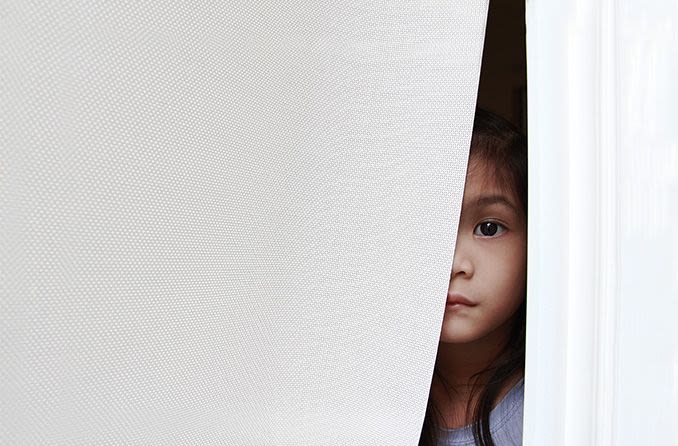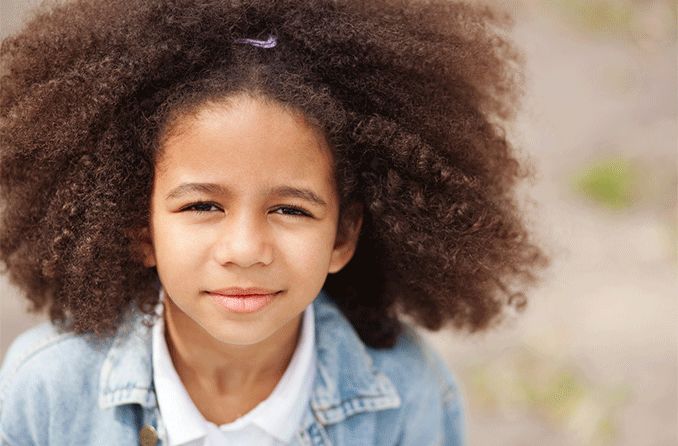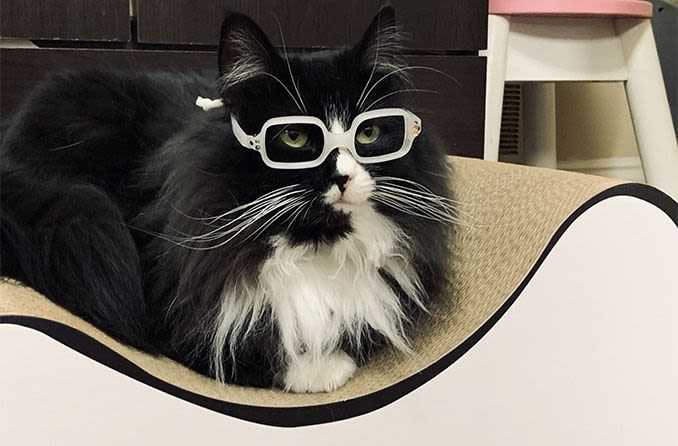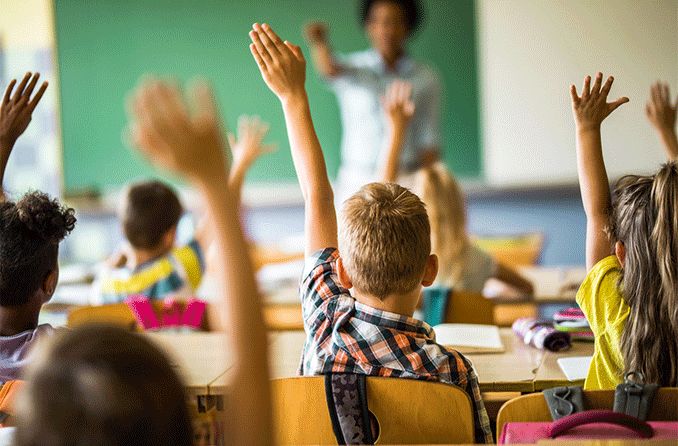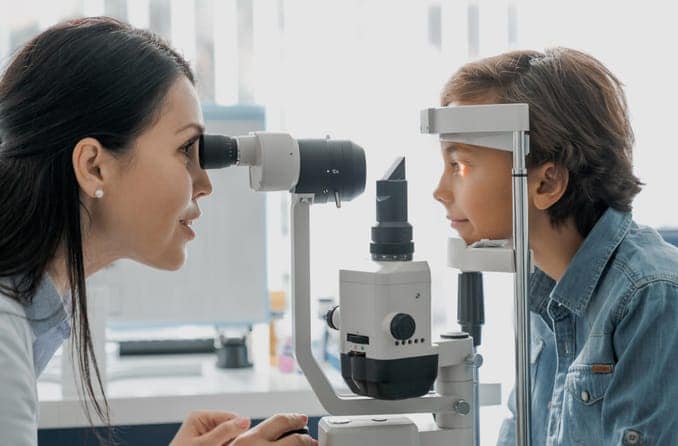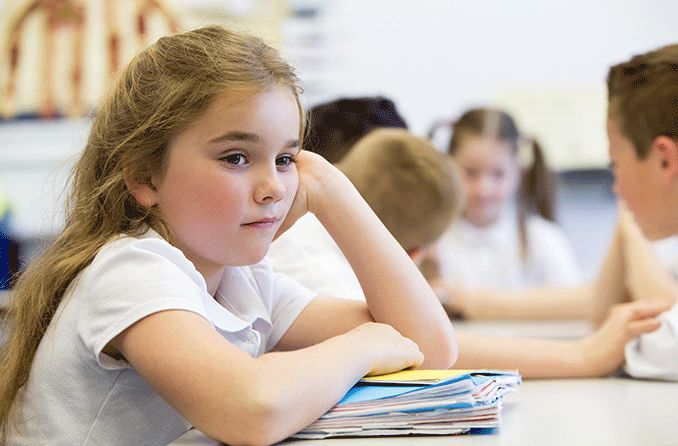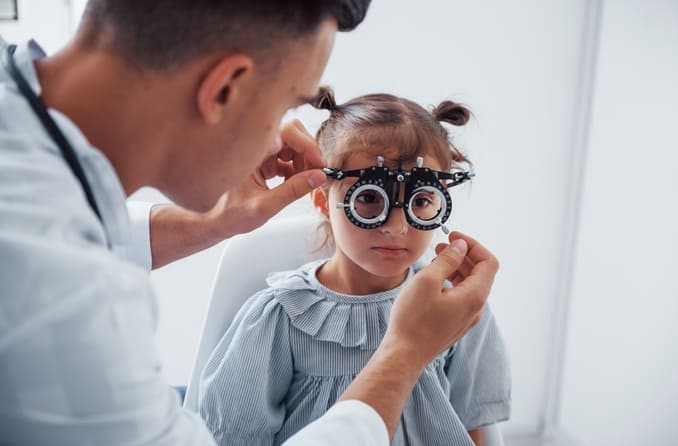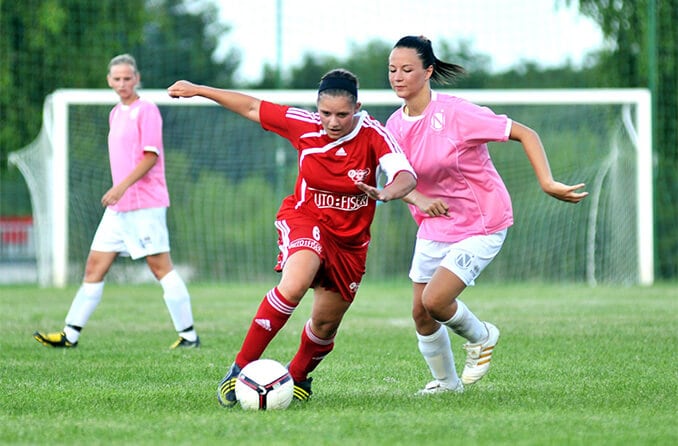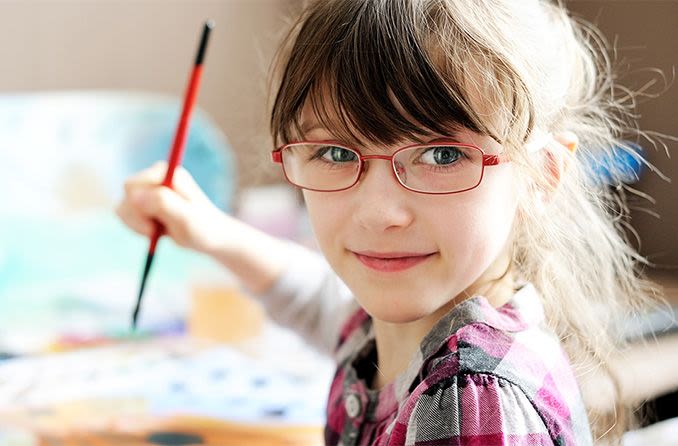Some babies are born with vision difficulty, and others develop eye issues during childhood. But good eye care can correct or even prevent vision loss in kids to help your child do well in school.
Getting your child’s vision corrected, if necessary, can help their eyesight develop well, says Dr. Grace Prakalapakorn, M.D., a pediatric ophthalmologist and chair of the public information committee for the American Association for Pediatric Ophthalmology and Strabismus.
Eyesight develops from infancy through about age 10, she says.
“When you're first born, you don't see 20/20,” she says. And in the first years of life, “your brain and eyes are basically learning how to see.”
Common issues of vision loss in kids
Many vision problems in children can be corrected with glasses, contact lenses, surgery or other types of therapy. The most common vision problems in children are refractive errors such as:
- Myopia, or nearsightedness, in which a child sees close-up objects well but has trouble with distance vision.
- Hyperopia, or farsightedness, in which a child sees faraway objects well but has trouble with near vision.
- Astigmatism, which is blurred or distorted vision caused by the shape of the cornea.
“If a pair of glasses fixes the problem, then there’s nothing else you have to do other than follow up routinely,” Prakalapakorn says.
Causes of vision loss in kids
Visual impairment, including blindness, is vision loss that can’t be corrected with glasses, contacts, surgery or other therapy. About 3% of U.S. children under 18 are blind or visually impaired, according to the nonprofit organization Prevent Blindness.
The following are the causes of vision loss in children:
Eye issues present at birth — Some congenital conditions, including albinism, congenital cataracts and underdevelopment of the optic nerve, can cause vision problems, including blindness. Premature birth is linked with eye issues such as retinopathy of prematurity (ROP), which can cause vision loss.
Injury to the eye or head — Trauma to the brain can cause cortical visual impairment. Direct trauma to the eye also can cause vision loss — for example, in a child who falls or gets accidentally poked in the eye with a pencil, Prakalapakorn says.
Eye problems that develop in childhood — A common condition, amblyopia — also known as “lazy eye” — occurs when vision fails to develop normally in one eye. It can be caused by strabismus, a misalignment of the eyes. About 2% to 4% of kids under 6 have strabismus, according to Prevent Blindness. Youngsters also can develop childhood glaucoma. These conditions can cause vision loss if not treated.
Medical issues that affect the eye — Cancer and other medical issues may cause vision loss. For example, retinoblastoma is a rare form of eye cancer that affects children more often than adults. An eye infection also can cause vision loss.
For a condition like amblyopia, treatment may be as simple as a patch or eye drops. “The earlier you treat it, the better it usually responds,” Prakalapakorn says.
READ NEXT: Do blind people dream?
Causes of sudden vision loss in kids
Many vision problems develop over time. So, what could cause sudden loss of vision in a child?
Other than trauma, the main cause of sudden loss of vision in a child is a detached retina, Prakalapakorn says. Retinal detachment can be caused by other conditions such as retinopathy of prematurity or severe myopia.
“Some kids that are really nearsighted, their retinas are really thin and can actually detach,” Prakalapakorn says. “That can be sudden.”
Signs of a detached retina may include seeing a dark “curtain” moving across the eye, flashes of light, floaters or spots — or sudden blurry vision.
Take your child to an eye doctor right away if he or she shows signs of retinal detachment. Getting immediate treatment can prevent permanent vision loss.
READ MORE: Anchor Center for Blind Children
Prevention and treatment of vision loss in kids
Most U.S. babies and children get routine eye checks at pediatrician visits and at school. However, your child should get a comprehensive eye exam on a regular basis.
Your child should get a comprehensive exam at 6 months, before starting preschool and again at age 5 or 6. After that, a child who doesn’t need vision correction should have an exam every two years.
During a comprehensive eye exam for children, the eye doctor will check vision, look at the retina and other parts of the eye, and check for problems such as amblyopia or strabismus.
In between exams, parents should keep an eye out for signs of eye problems in children, such as:
- Change in appearance of eye/s
- Double vision
- Eye redness or swelling
- Eye rubbing
- Eyes not aligning
- Frequent blinking
- Eye fatigue
- Headaches
- Holding a hand over one eye
- Holding reading materials close to face
- Sitting close to the TV
If you think your child may have an eye problem, make an appointment with a children's optometrist. Your child may need glasses or have another eye issue that needs treatment to avoid vision loss.
Getting good eye care can help a child “live up to their potential by maximizing their vision, whatever that means for that kid,” Prakalapakorn says.
